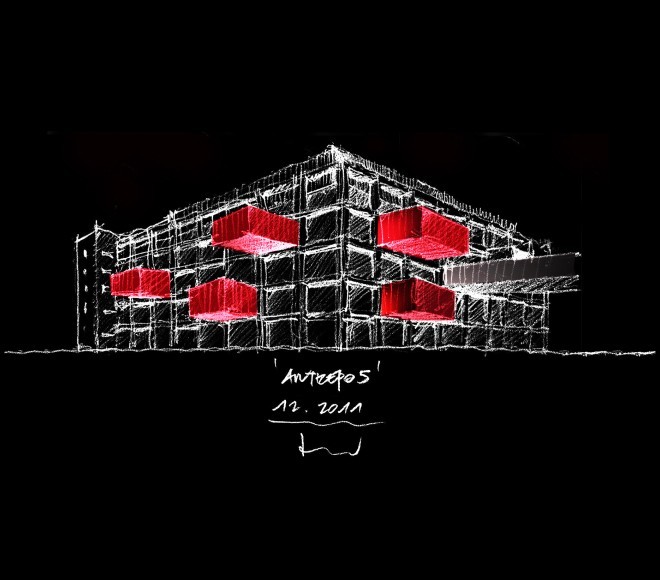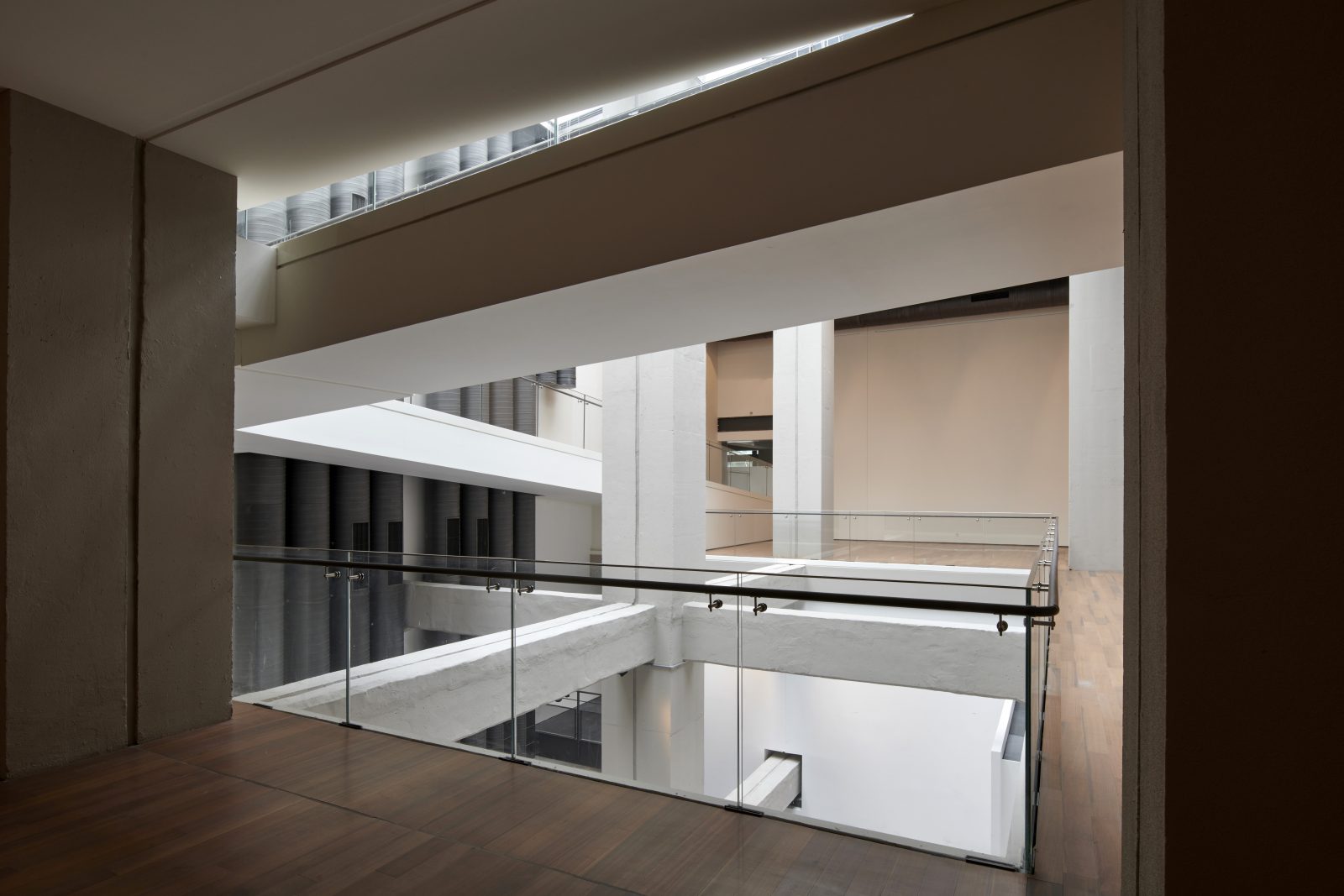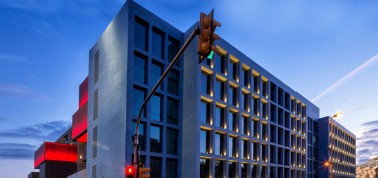
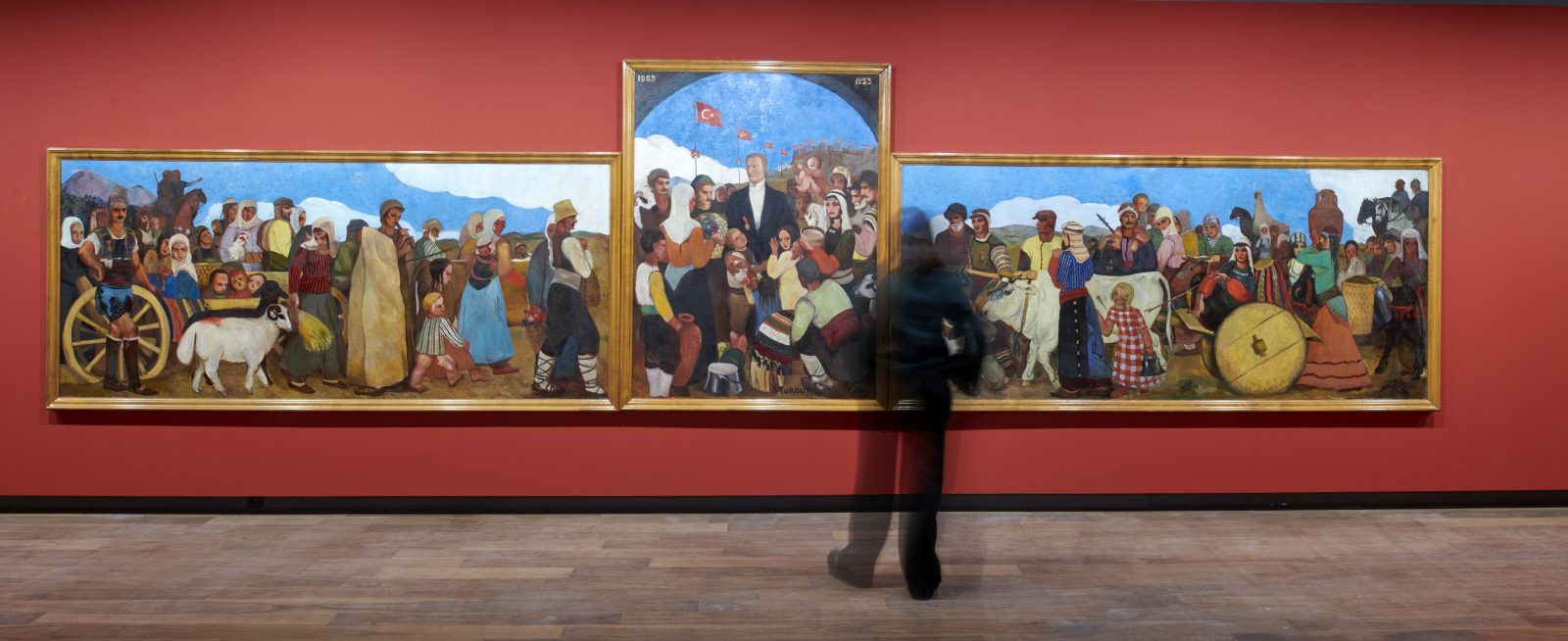
Being the first plastic arts museum of Turkey, the Istanbul Museum of Painting
and Sculpture (IMPS) was founded in the Crown Prince’s Office at Dolmabahce Palace
on 18th July 1937, and the opening was made by Ataturk on 20th September 1937. The
administration of IMPS was ascribed to the Academy of Fine Arts (Mimar Sinan Fine
Arts University), and the artist Halil Dikmen from the Academy lecturers was appointed
as its director.

IMPS MANAGEMENT
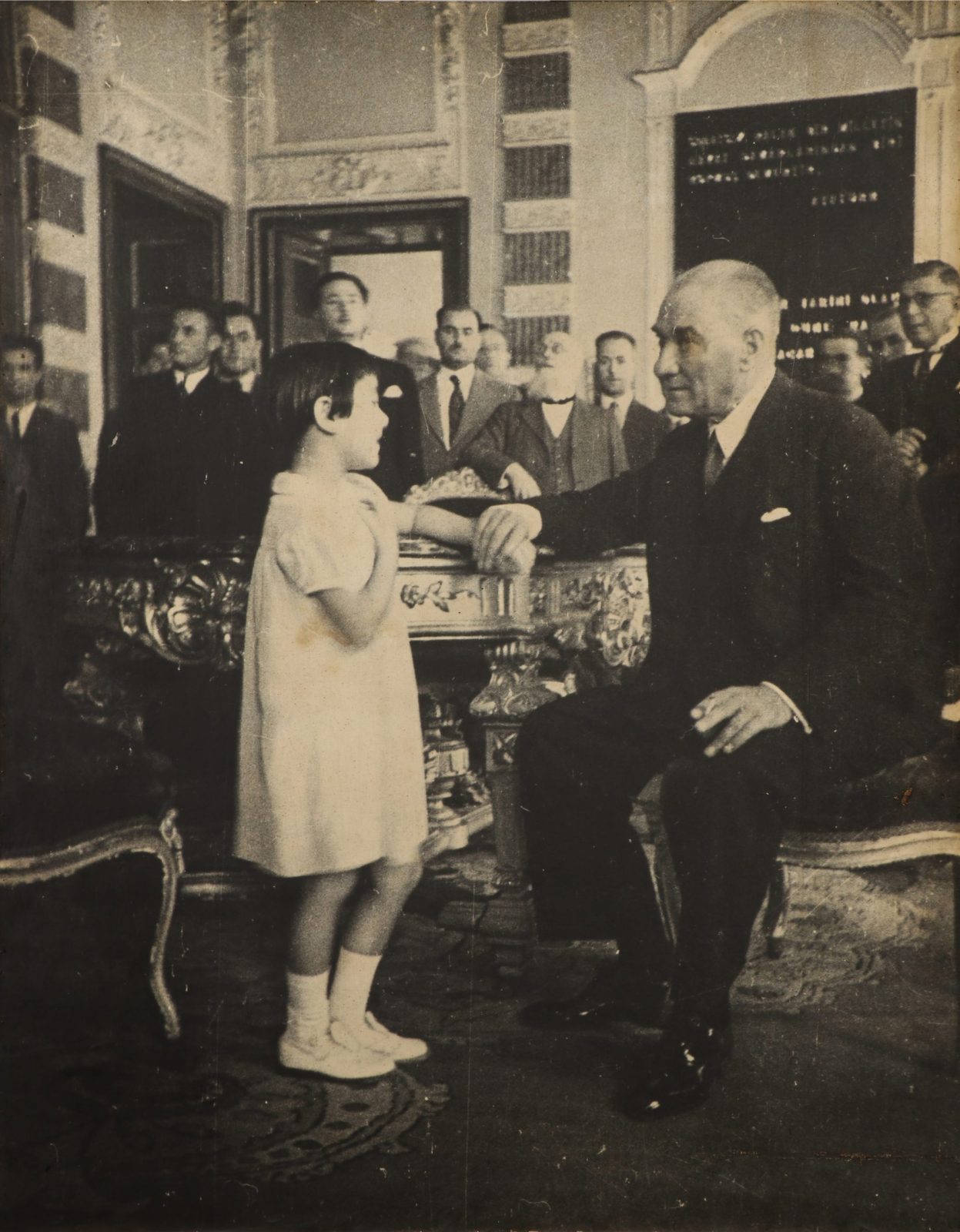
The first exhibition of the museum was organised with paintings selected from the Elvâh-ı Nakşiye Collection of the Sanayi-i Nefise School, the Dolmabahçe Palace, the Topkapı Palace Museum and the “Half-Century Turkish Painting” exhibition, as well as with works taken from various governmental offices.
Being the first plastic arts museum of Turkey, the Istanbul Museum of Painting and Sculpture (IMPS) was founded in the Crown Prince’s Office at Dolmabahce Palace on 18th July 1937, and the opening was made by Ataturk on 20th September 1937. The administration of IMPS was ascribed to the Academy of Fine Arts (Mimar Sinan Fine Arts University), and the artist Halil Dikmen from the Academy lecturers was appointed as its directorThe Istanbul Museum of Painting and Sculpture, which contained 320 works in the collection of its first exhibition in 1937, has reached nearly 12 thousand pieces today through donations and purchases. While the Istanbul Museum of Painting and Sculpture has been expanding its collection since 1937, it has given works from its collections in order to open the first painting galleries that were aimed to be expanded in Anatolia within the scope of the cultural policy of the Republic. The Painting and Sculpture Museums of Ankara and Izmir were also founded with the works sent by IMPS. In line with this policy, please click for more detailed information about the works transferred from the Istanbul Museum of Painting and Sculpture to different institutions.
IMPS was closed due to the restoration of the Dolmabahçe Crown Prince’s Office in 2007, the collection was moved to the Antrepo 5 building in the Tophane district in 2011, and the building, a structure by Sedad Hakkı Eldem, was turned into a museum with the project of architect Emre Arolat (EAA).
The construction process of the new exhibition and storage spaces, management units, studios, library and reading halls of Antrepo 5, designed in accordance with a contemporary museology approach, was completed in 2021 and the opening process of the Museum was started with the Exhibition of the Exhibition II, held in December of the same year.
Mekteb-i Sanayi-i Nefise-i Şahane (Today Mimar Sinan Fine Arts University),Turkey’s first higher education institution of art, was founded. Painter, archaeologist and museum curator Osman Hamdi Bey was appointed as the founding director.
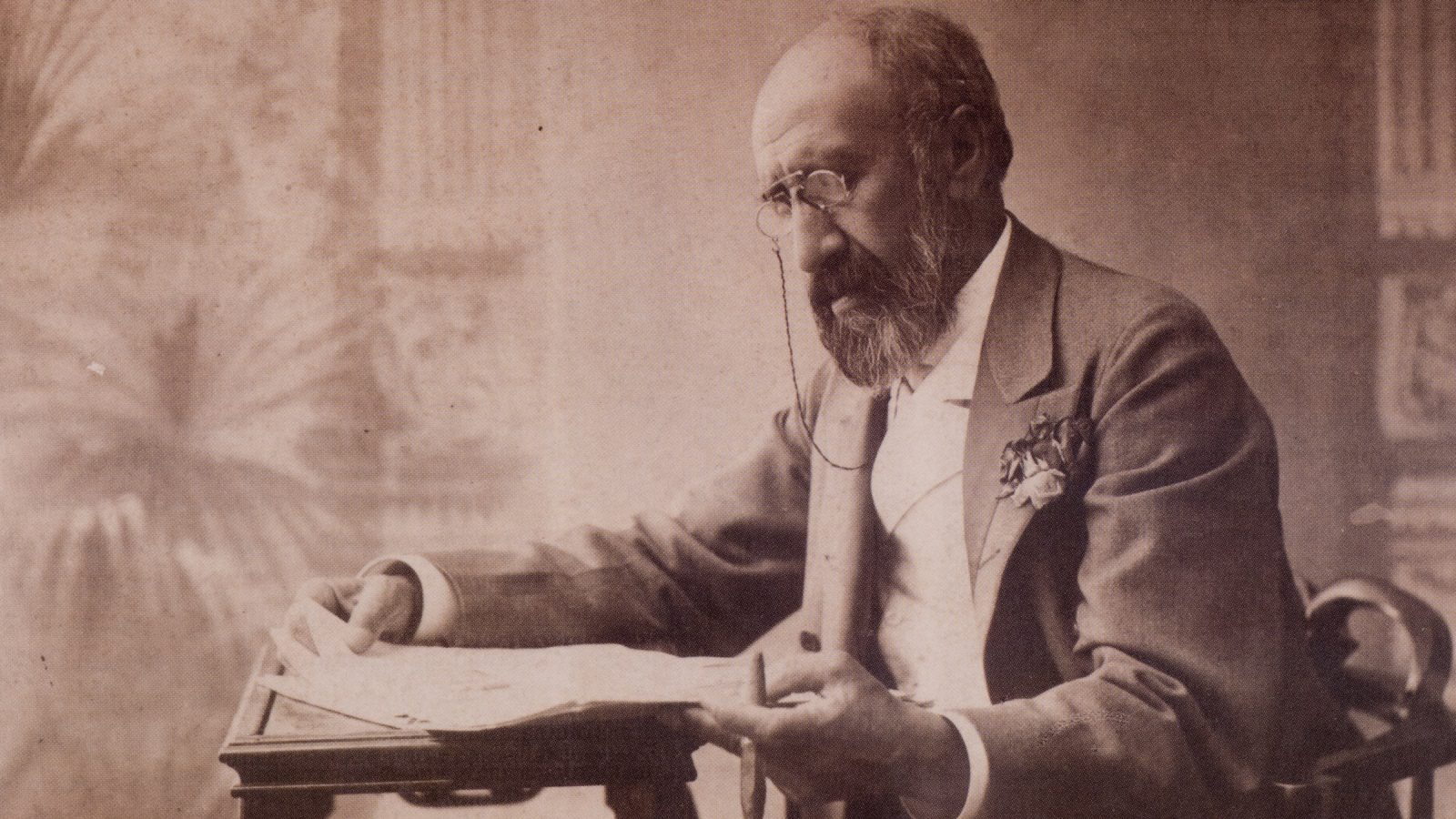
While preparing the regulation for the Institution, Osman Hamdi Bey included an article regarding the establishment of a museum to the Fine Arts Regulations dated September 10, 1883.
The Ottoman Painters Society was established and a year later, the Ottoman Painters Society Newspaper, the publication organ of the society, was published.
Halil Edhem Bey, who was appointed as the director following the death of
Osman Hamdi Bey, took action to establish the museum and provided an annual allowance of 1000 lira from the Assembly of Deputies.
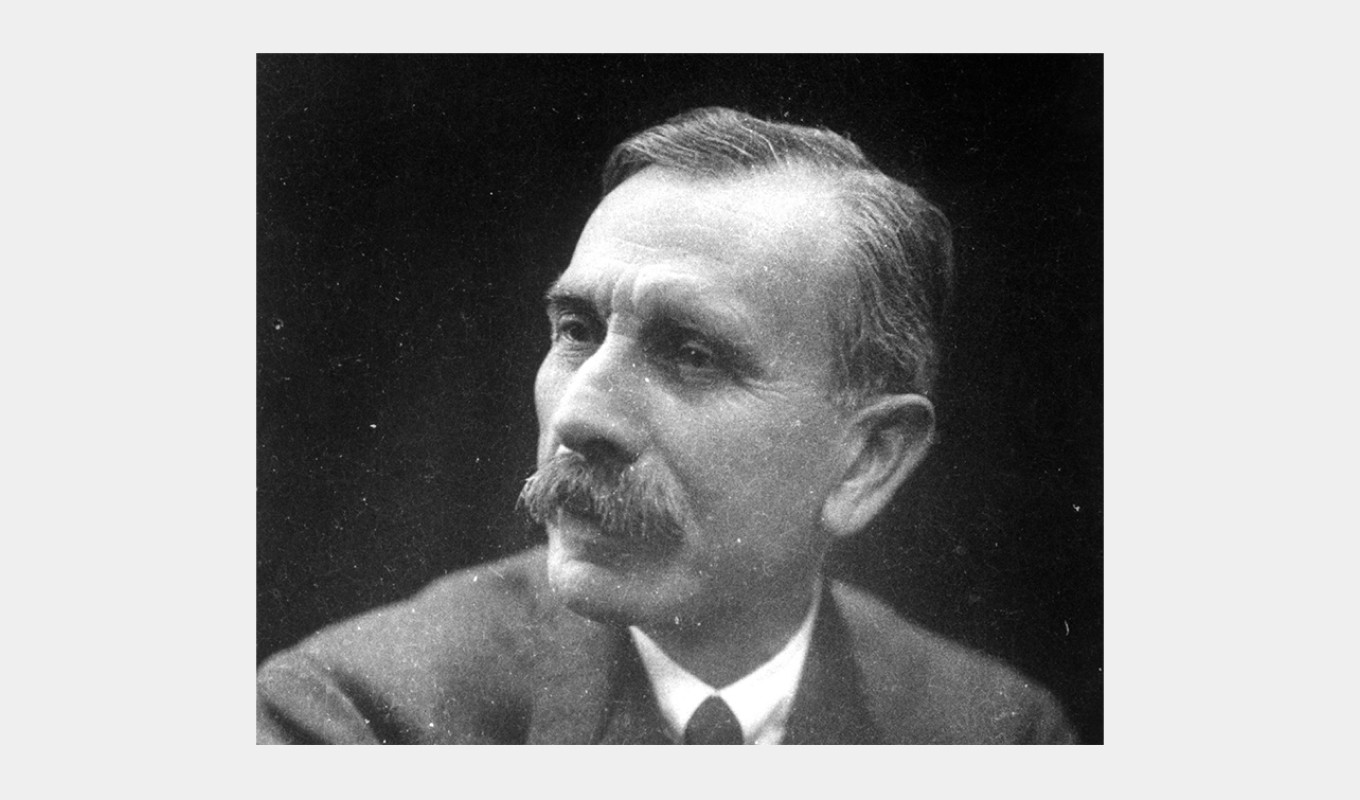
With the aim of creating the first collection of the museum, paintings began to be purchased and copies of some works from museums in Europe began to be made. This is how the first collection, named Elvah-i Nakşiye was formed.

Inas Sanayi-i Nefise Mektebi School for Girls, including only painting and
sculpture departments, was opened.

On 27th October, 1915 the Elvah-ı Nakşiye Collection was exhibited in the great hall of Sanayi-i Nefise Mektebi.

The first of the Galatasaray Exhibitions, that continued until 1952, was organised by the Ottoman Painters Society.
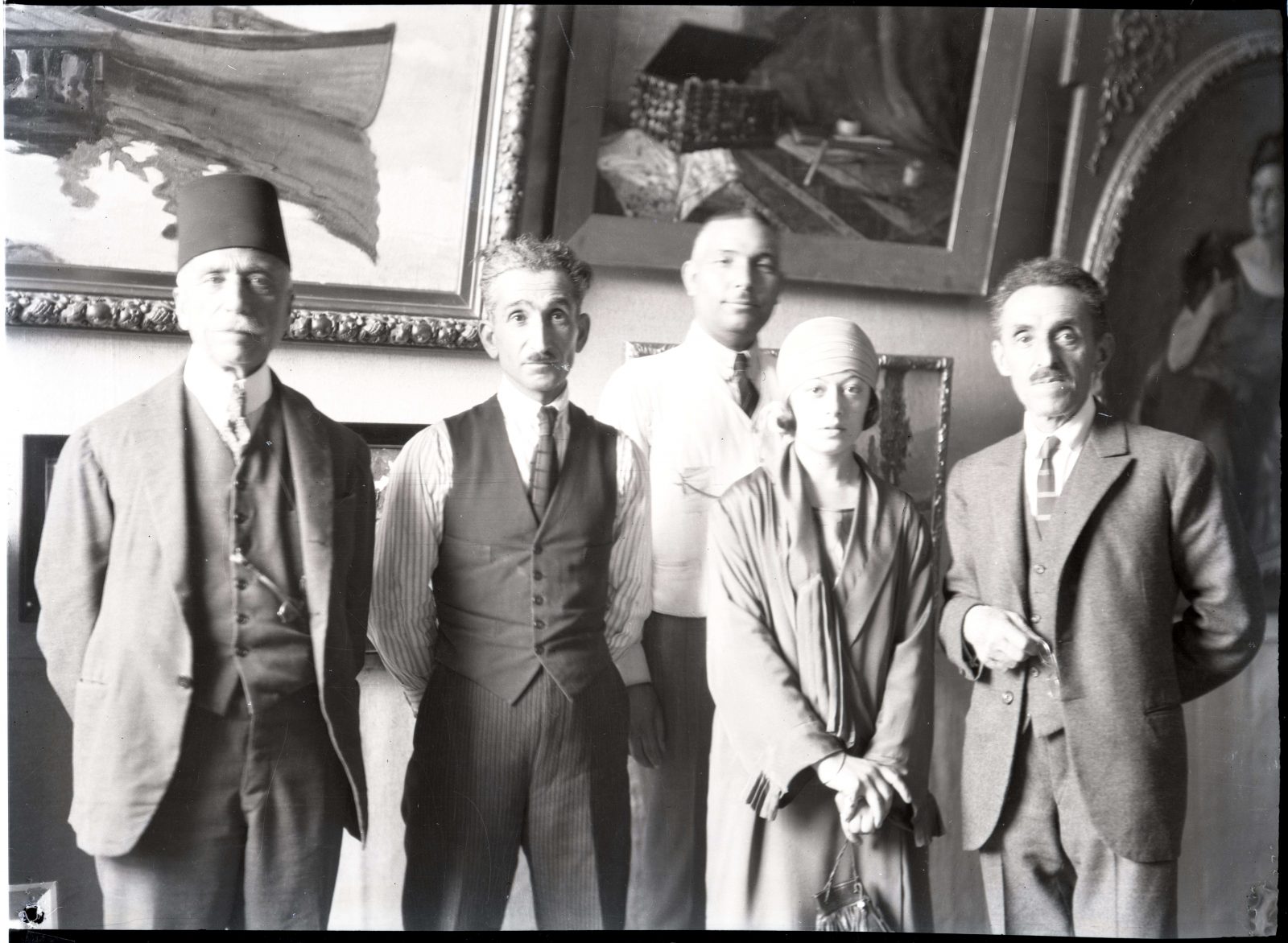
With the leadership of Celal Esad Arseven and the permission of the War Minister Enver Paşa, Harbiye Nezareti Atölyesi (Ministry of War Office Workshop) known as Şişli Atölyesi was founded in a mansion in Şişli. Artists such as İbrahim Çallı, Namık İsmail,Hikmet Onat, Sami Yetik, Ali Sami Boyar, Mehmet Ruhi Arel, and Ali Cemal Benim took part in this workshop.

The works produced in Şişli Atölyesi were exhibited in Vienna under the name “War Plaques.”

Sanayi-i Nefise School was moved to an extremely unsuitable small building in the Şehzadebaşı district. The museum collection was preserved in the Müze-i Humayün, the Museum’s storage during this period.
56 paintings from the works in the Vienna Exhibition were added to the Elvah-i Nakşiye Collection in 1921.
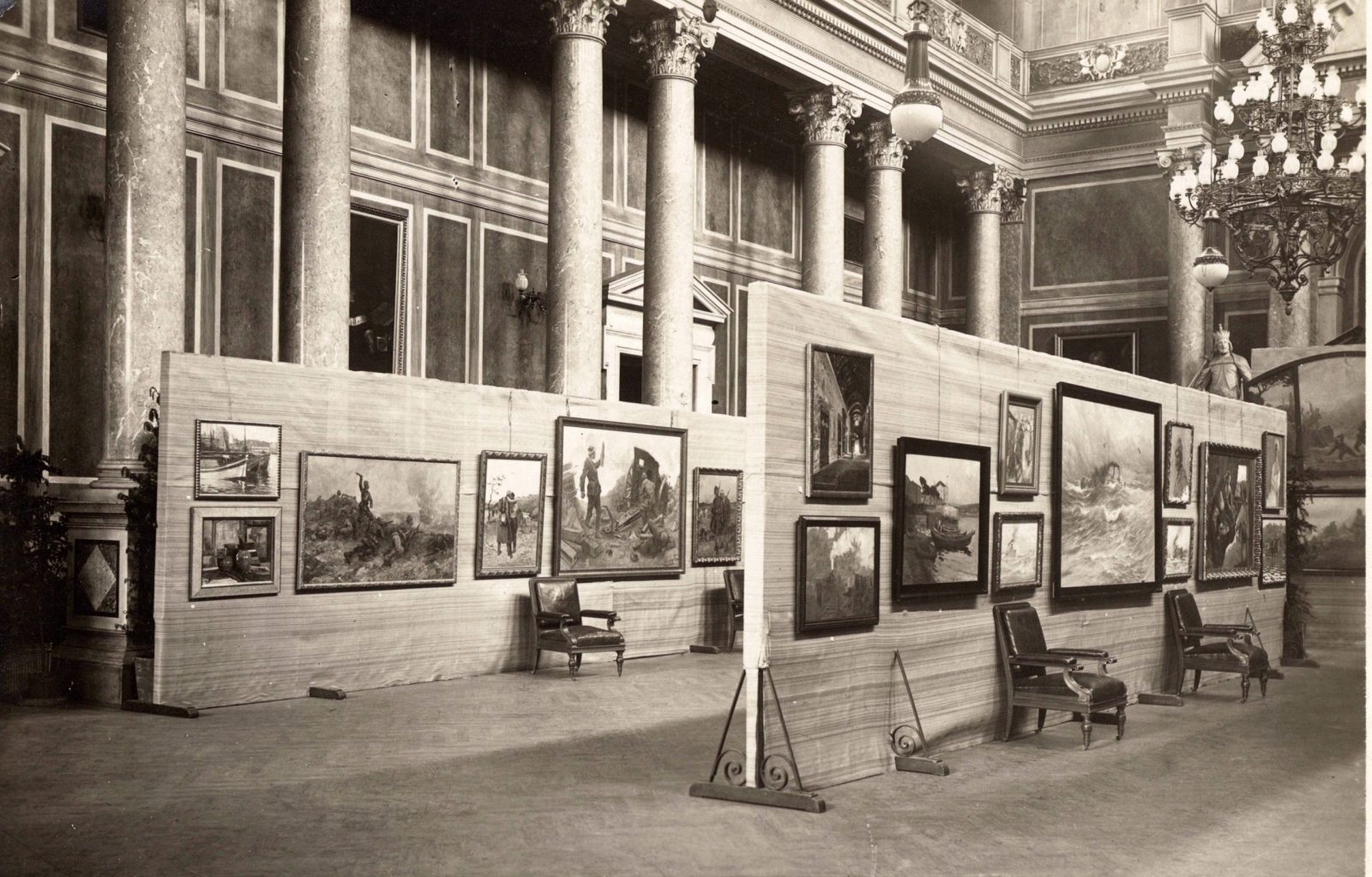
The Sanayi-i Nefise School moved to the Fındıklı district. With the decision dated 21st July,1926, one room of the building was organised as the Painting Museum. The collection, which was in the storage of the Müze-i Hümayun, was moved to there.

A search began for a permanent exhibition venue for this widening collection consisting of 141 artworks in total and including paintings by 87 national and 10 international artists with 44 copies.

When the “Half-Century of Turkish Art” exhibition held at the Academy revealed the need for a painting and sculpture museum in our country, the process of establishing the museum was expedited.

On 18th July,1937 the Crown Prince’s Office of Dolmabahçe Palace was allocated to the Academy of Fine Arts by Atatürk in order to be used as the venue of the Istanbul Museum of Painting and Sculpture. Artist Halil Dikmen, one of the workshop lecturers of the Academy, was appointed as the museum director. The museum opened its first exhibition on 20th September, with a collection of 320 works expanded by including paintings from the Dolmabahçe Palace, Museum of Topkapı Palace, Half-Century Turkish Art Exhibition and some governmental offices next to our institution’s Elvah-ı Nakşiye Collection.
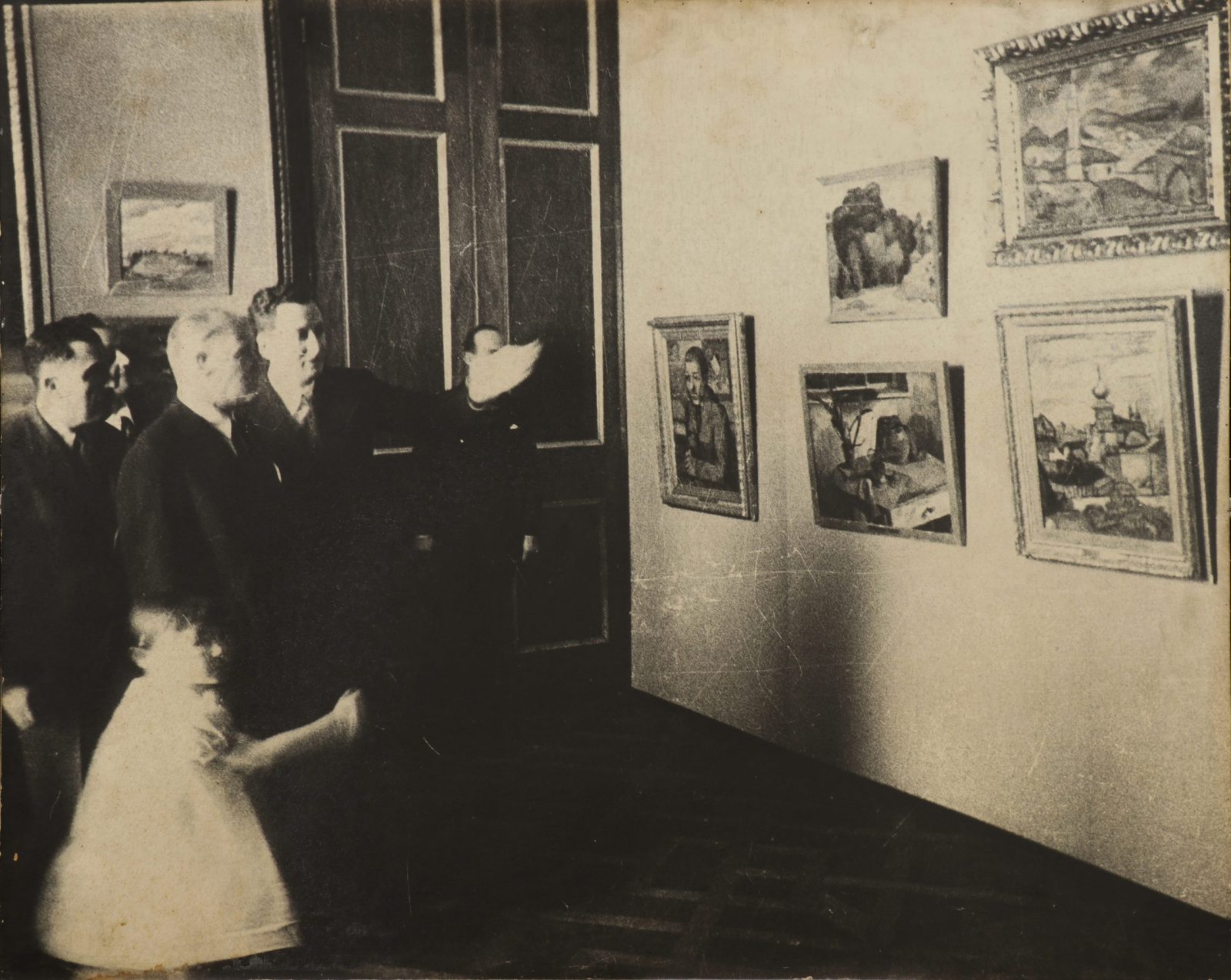
The museum was closed after a year it was opened due to the unfavourable conditions of World War II.
The museum was reopened to visitors after twelve years. It eventually hosted significant exhibitions: 1952/Unesco Exhibition, 1953/ Today’s Italian Art Exhibition/1954/Japanese Woodcuts Exhibition, 1956/Relievo Exhibition of Turkish Architectural Works, 1957/Osman Hamdi Bey Exhibition, 1958/Lithography Paintings of Turkish Folk Art Exhibition, 1959/Historical Italian Engravings Exhibition.

The museum was closed to visitors on 18th February,1976 due to fire hazard.

Association of the Painting and Sculpture Museums was founded. The association started a productive period with activities that opened the Istanbul Museum of Painting and Sculpture to public and expanded its borders. For the first time in Turkey, trainings in a museum environment were given at IMPS with the support of the association.
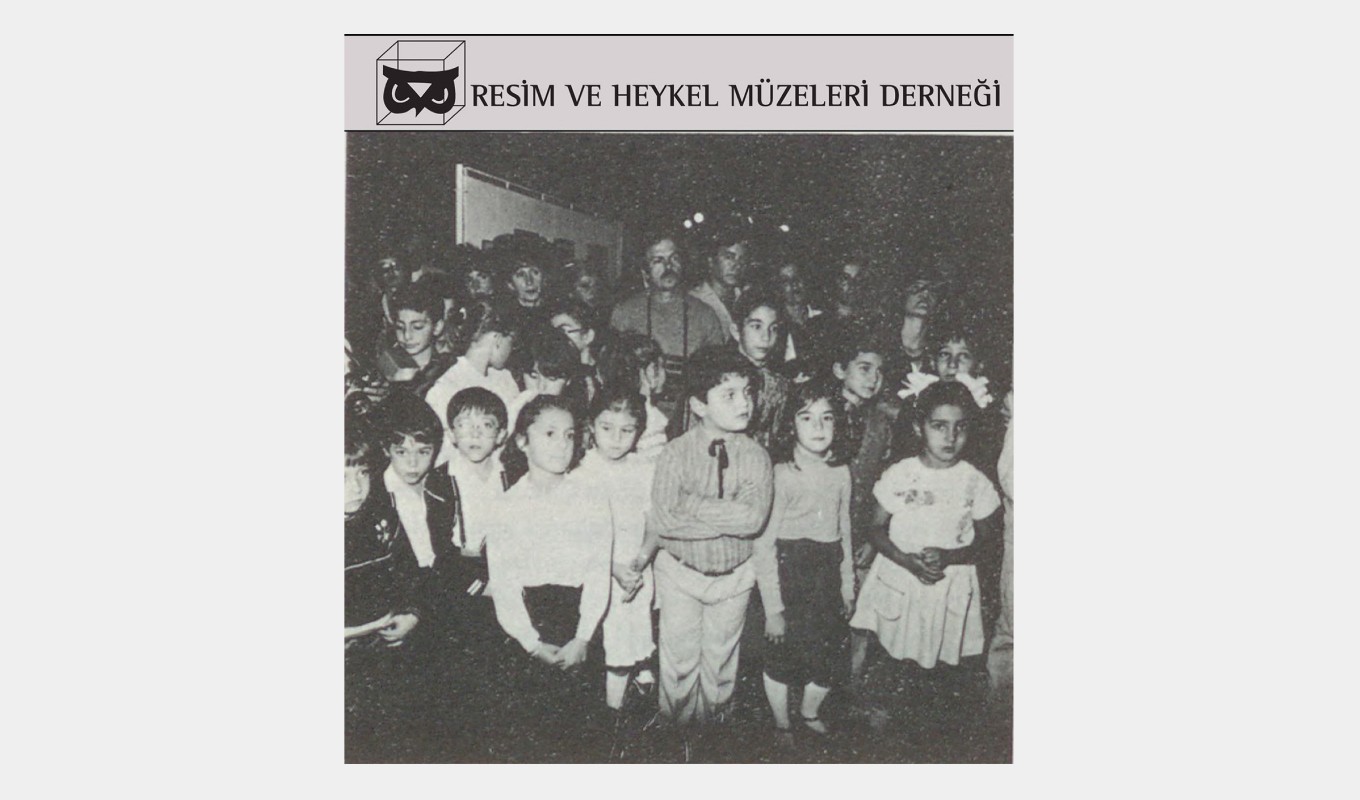
The first of the “Contemporary Artists Exhibition” which would continue for
many years being hosted by the Istanbul Museum of Painting and Sculpture was held on 25th June,1980.
The museum was reopened to visitors on 3rd March 1981, after being closed for 5 years.
The first inclusive restoration was started.
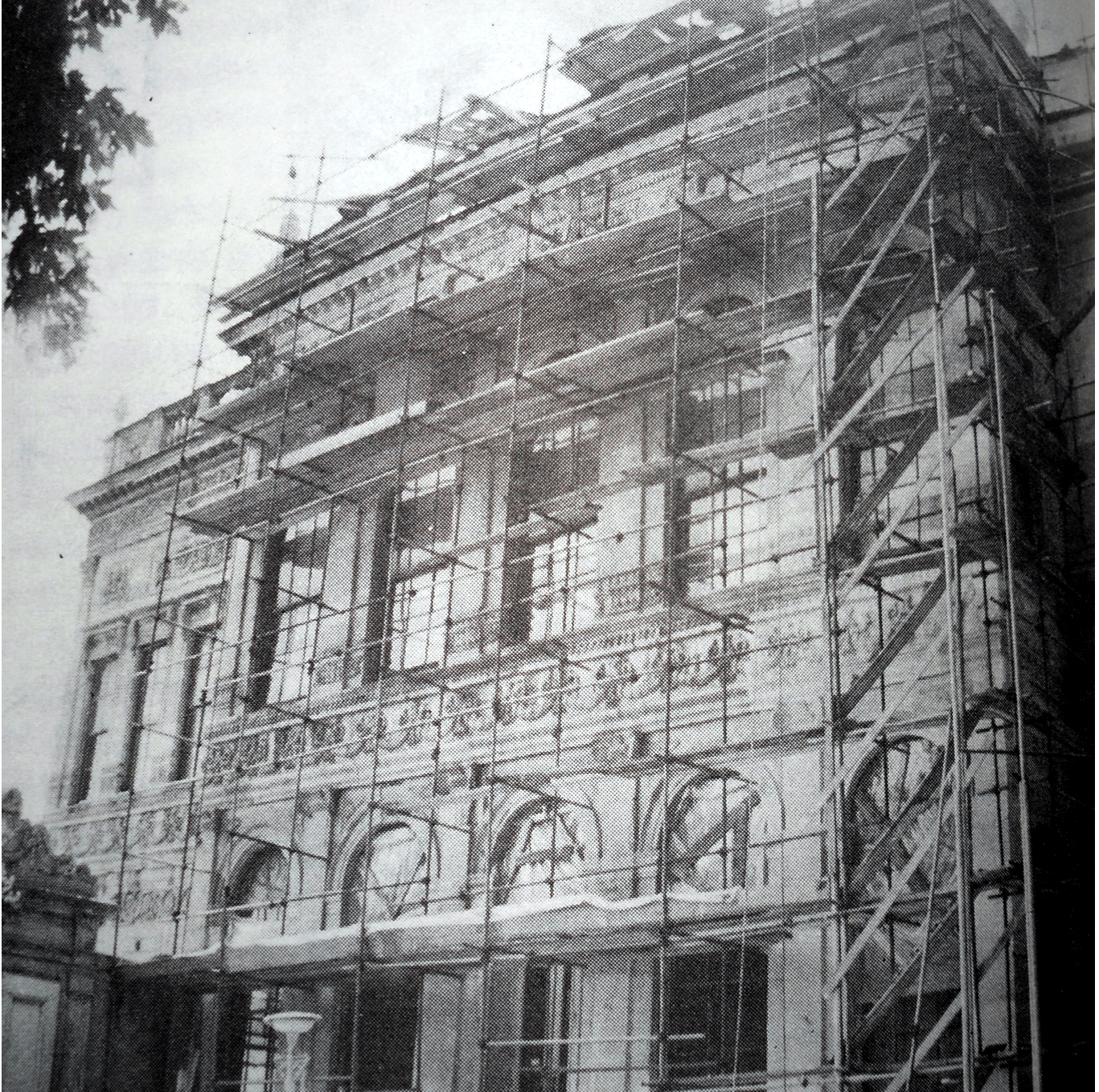
Turkey’s first museum website and Turkey’s virtual museum project were held in the Istanbul Museum of Painting and Sculpture.
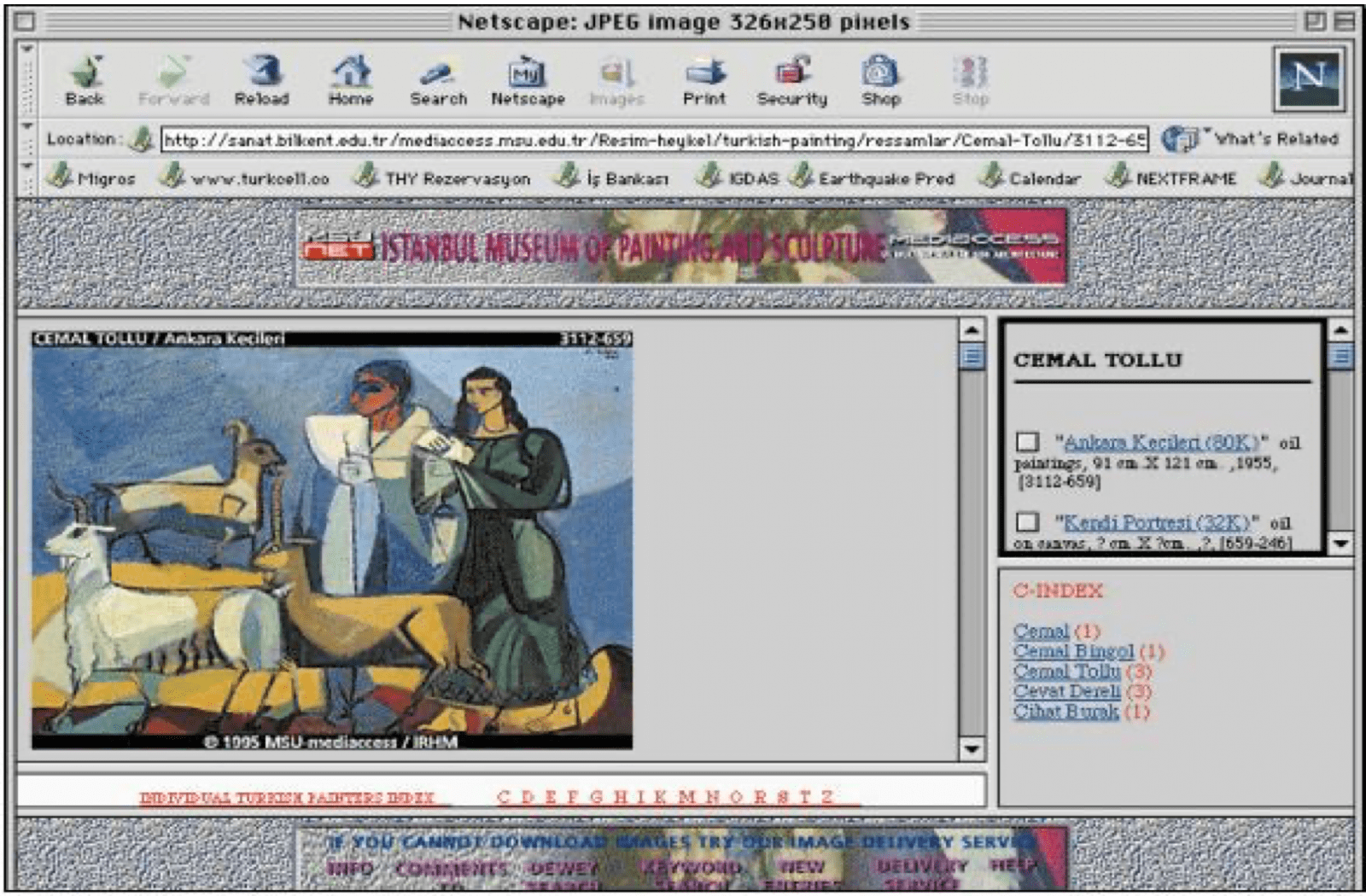
The “Mimar Sinan University Painting and Sculpture Museums Regulation” was published in the Official Gazette numbered 25023 and dated 17th March,2003 and put into force.The “Mimar Sinan University Painting and Sculpture Museums Regulation” was published in the Official Gazette numbered 25023 and dated 17th March,2003 and put into force.
The museum was temporarily closed to visitors due to restoration work.
While the restoration continued, the works selected from the museum’s opening exhibition in 1937 were presented to the visitors under the name of “Exhibition of the Exhibition”. Curated by Prof. Semra Germaner, it was the last exhibition to be held in the Crown Prince’s Office of the Dolmabahçe Palace.
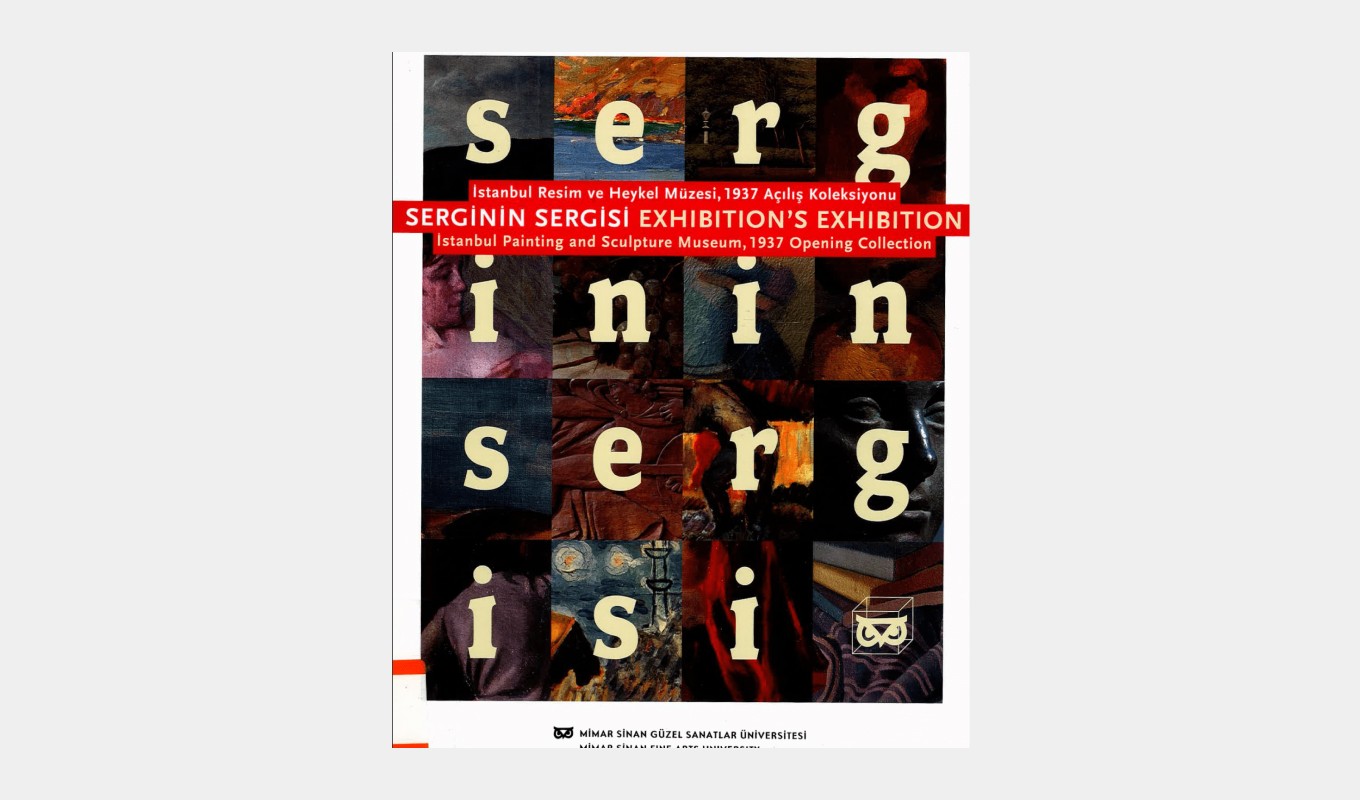
The museum was moved to Antrepo No.5 in the Tophane district from Dolmabahçe Palace Crown Prince’s Office.
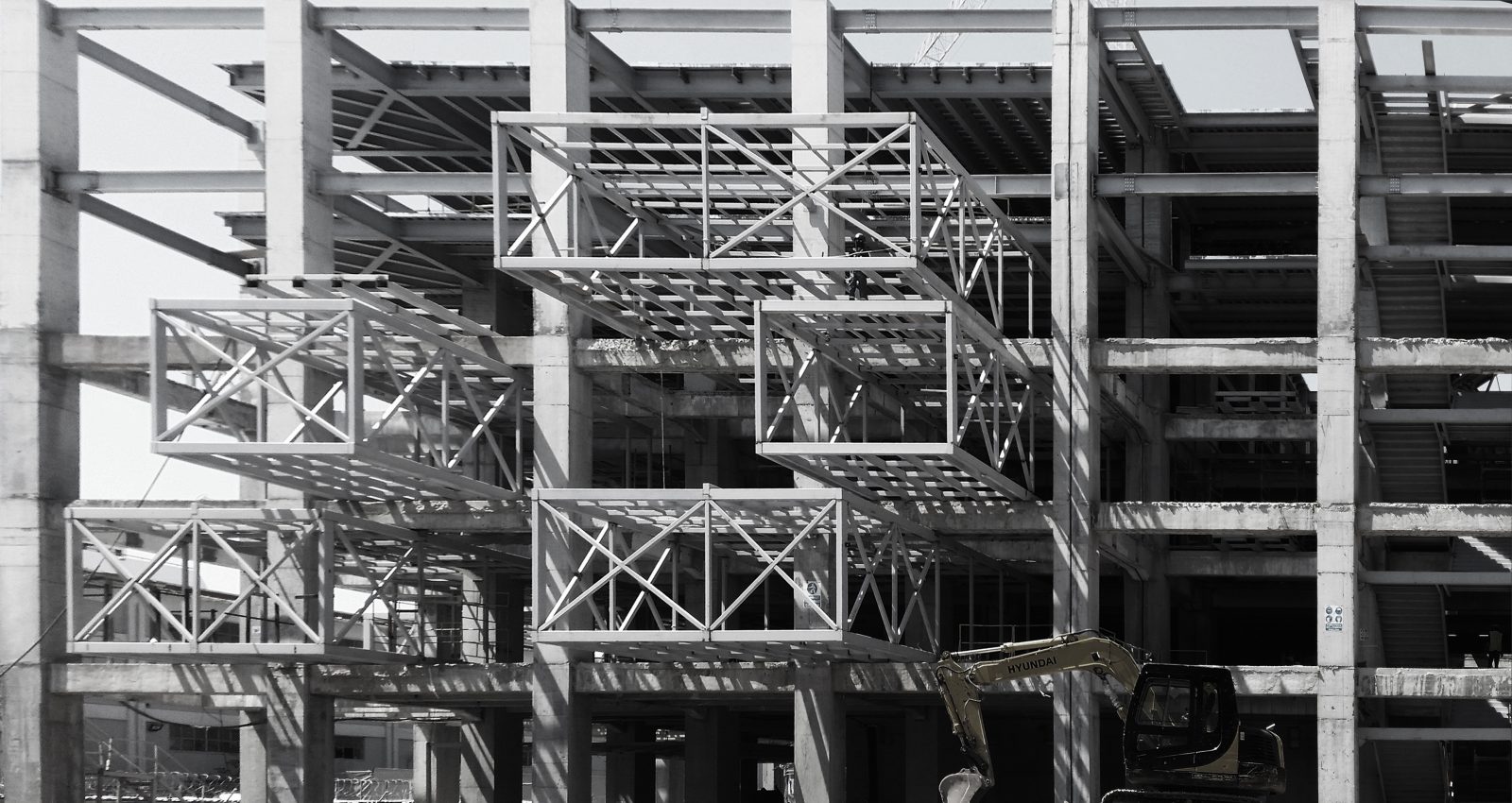
Architect Emre Arolat (EAA) initiated the project of transforming Antrepo 5, the building by Sedat Hakkı Eldem, into a contemporary museum building.

A temporary exhibition titled “From Elvah-ı Nakşiye to the Present Selections from MSFAU Museum of Painting and Sculpture” was held on the ground floor of Antrepo 5, which is under construction.
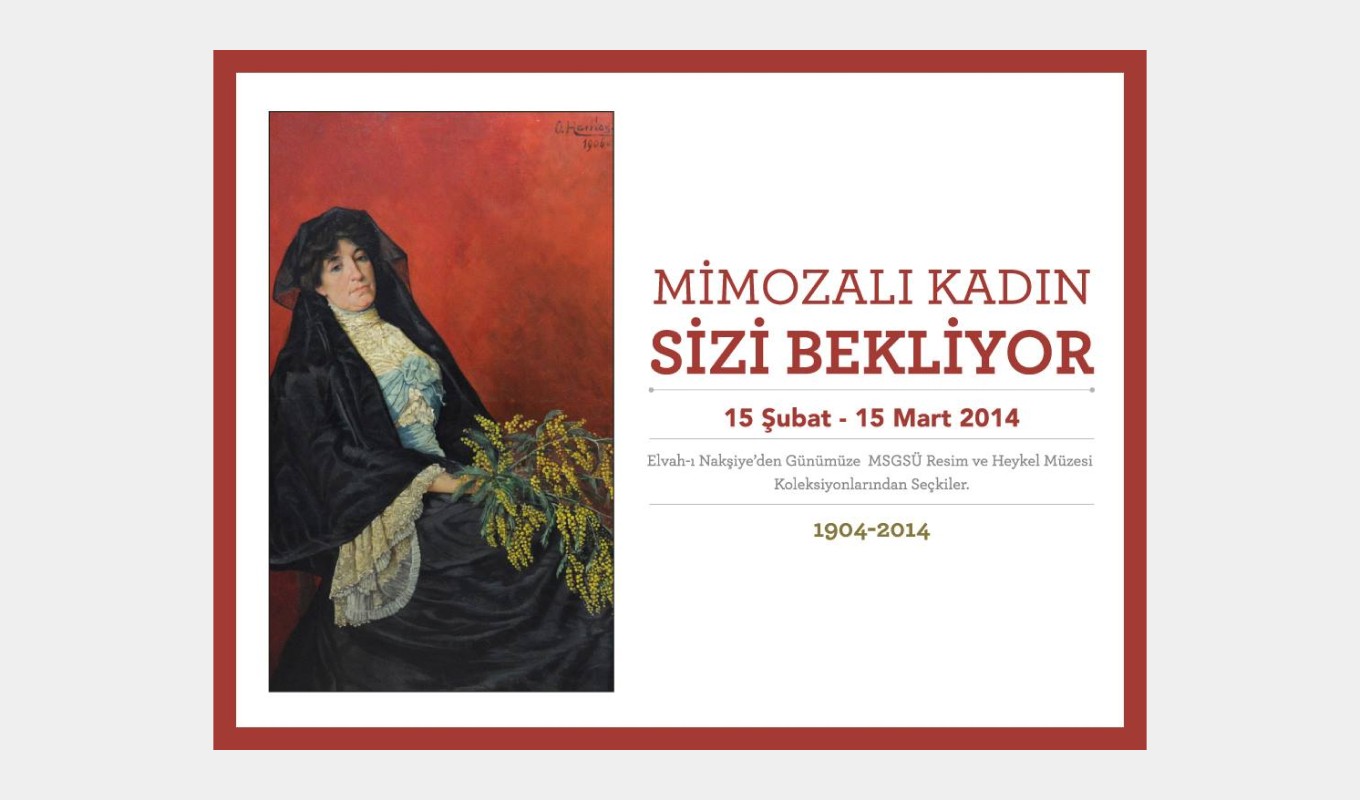
The construction of the museum completed. Preparations for the exhibition of the collection started with inventory work.
Due to the Covid-19 outbreak, the inventory and restoration work at the Museum slowed down between March 2020 to October 2021. Meanwhile, the reinforcement construction for the landscaping, offices and the construction of the sculpture workshop began.
4th February : 85 staff positions for safety guards and cleaning were allocated.
11th February : Hasan Karakaya was appointed as the museum manager.
24th March : Upon the request of the Rectorate, 10 restorers were appointed by the
Ministry of Culture and Tourism to work in the museum.
24th May : A Board of Directors for the museum was formed.
12th June : The Board of Directors held its first meeting and planned the museum’s opening process to be completed within a year. It was decided that the process of the museum which will be completed on September 20, coinciding with the opening date of 1937, will begin with the first exhibition in 1937. Prof. Dr. Zeynep İnankur, Prof. Dr. Burcu Pelvanoğlu and Dr. Ali Kayaalp were appointed as the curators.
30th June : All the construction processes in the museum were completed.
15th December : The first exhibition of the opening period, “The Exhibition of the Exhibition II” opened its doors firstly to the academic and administrative staff of the Mimar Sinan Fine Arts University and to the public visit the following day.
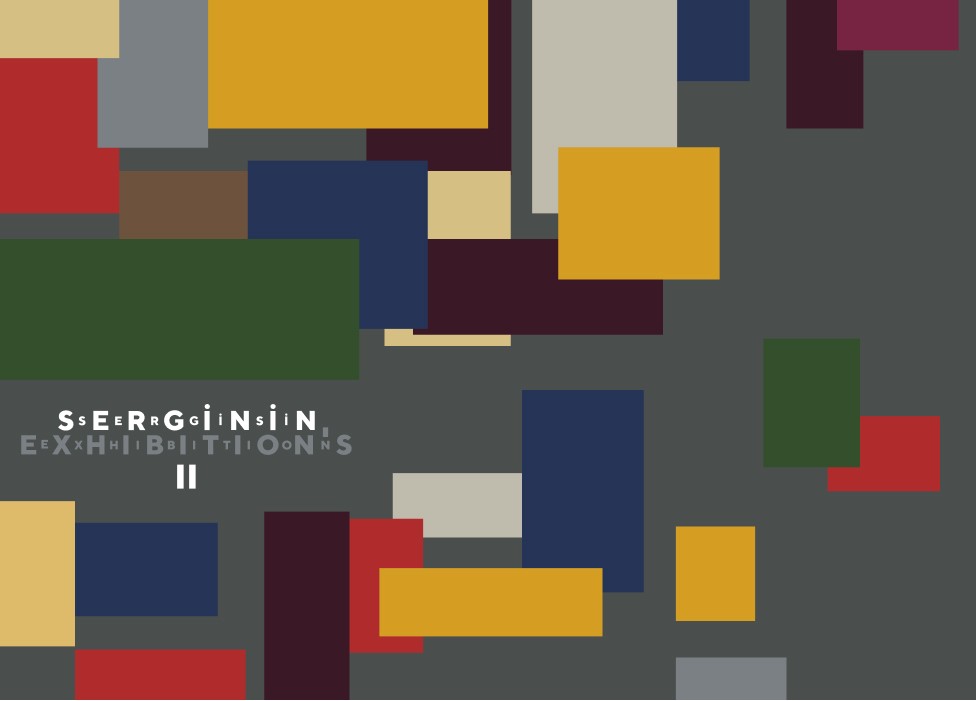
“The Osman Hamdi Bey Exhibition from the Istanbul Museum of Painting and Sculpture” was opened on 31st March, 2022 as part of the series of events celebrating the 140th anniversary of Mimar Sinan Fine Arts University.

“Selections from the Calligraphy Collection of the Academy of Fine Arts with Calligraphic Notions of the Turkish Painting” exhibition was opened on 28th April 2022.
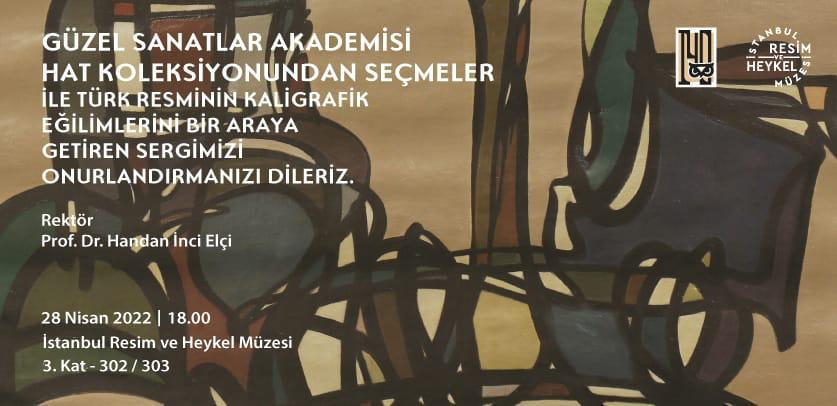
Museum Architecture
Antrepo No.5, located in the Karaköy Port area, was allocated to Mimar Sinan Fine Arts University in 2009 with the aim of transforming the venue into the Istanbul Museum of Painting and Sculpture.
MoreThus, an important area with almost no social permeability despite being located at the
city centre became available for the public benefit, while the establishment of an
original and qualified museum structure, housing many valuable art works from late
Ottoman to Modern Turkish Painting was initiated. During the brainstorming seesions
that were held on the first stage of the design process at EAA, the area’s physical and
sociological features were examined. In this context, the specific area created by the
Antrepo and office masses in the region since the late 50s’ has been underlined in terms
of visual memory based on the identity of the city that has been distinguished from other
parts of the city for centuries as an industrial port area. The importance of preserving
these structures, which have very distinctive features in terms of scale and structural
elements, was revealed. One of the main objectives of the design was to maintain the
surface geometry of the reinforced concrete grid, which draws attention as the most
remarkable structural feature of the Antrepo structures, based on repetition and order.
It was planned to obtain a three-dimensional grid structure in which the galleries of the
new museum could be located, by preserving the existing reinforced concrete structural
system to a large extent, while removing the walls and the floors. From a museum
studies approach, it was foreseen that the works would be categorised in line with
variable curatorial approaches in different periods, evaluated according to the
characteristics of the spaces, brought in groups and distributed to galleries. It was
expected that this route could create variable tracks according to different scenarios.
The transparent surface that surrounds the building and protects it from external
conditions was handled with a unique system that also refers to the industrial past of
this building, instead of a conventional solution developed through the familiar joineryglass relations. The galleries which were sometimes arranged as individual sections,
allowing passage to each other, were connected to one another with new roads and
bridges. In this way, intermediary spaces that offer surprising perspectives are created
between galleries, and an environment where the viewer can establish a pure
relationship with the works in a sterile environment where they can establish a
relationship with city has been enabled.
The narrow-long planned office building, which was constructed adjacent to the
Antrepo structure in the direction of Meclis-i Mebusan Caddesi and has serious
deficiencies in terms of bearing. It was planned to be rebuilt with a similar sense of
memory, which especially stands out with its original façades. The three-dimensional
space created in this section was enriched with the entrance and distribution space, as
well as workshops and functions open to public use. The use of the ground floor as
permeable as possible has strengthened the relationship this building will establish with
other structures and open spaces in the surrounding area.
With all these structural features, MSFAU Istanbul Museum of Painting and
Sculpture is expected to create a new, original and fresh centre within the cultural
landscape of the city.



